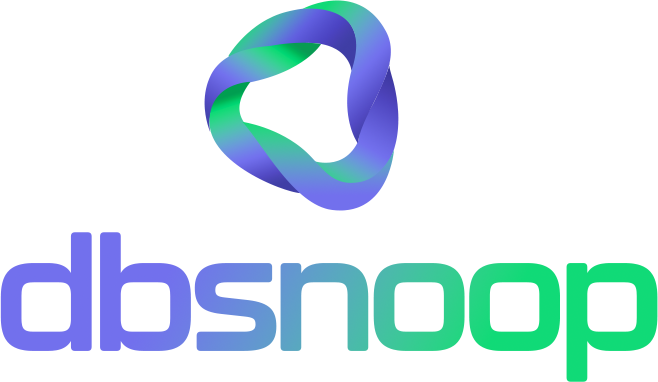

In a world where pipelines are distributed among sensors, APIs, and containers running across multiple clouds, observing everything from end to end becomes one of the driving forces in a well-structured operation to grow.
In April 2025, one of the most relevant movements in this direction gained traction: the evolution of OpenTelemetry for hybrid and distributed environments, incorporating features that enable real traceability between edge devices and cloud-native systems. We call this approach OpenTelemetry++ — a conceptual and technical extension towards truly continuous observability, even in the most fragmented scenarios.
The Challenge: Monitoring Fragmented Environments
In practice, many modern environments combine:
- IoT devices and embedded sensors;
- Edge computing applications (gateways, logistic hubs, production lines);
- Distributed services in public, private, and on-premise clouds.
Problem: These parts rarely speak the same language, share a network, or have native-supported agents. The result is partial observability — systems where failures travel between domains without leaving clear traces.

The Answer: OpenTelemetry++ and the Edge-Aware Model
With contributions from the CNCF community and companies like Google, Red Hat, and New Relic, OpenTelemetry began incorporating improvements to adapt to the hybrid ecosystem:
- Contextual Metadata at the Edge
Now it is possible to automatically capture:- Device geolocation;
- Hardware ID;
- Local node health status.
This enables quick identification of anomalies specific to region, hardware, or manufacturer — something critical in industrial and medical environments.
- Custom Exporters by Domain
Each type of data can now follow different routes, such as:- MQTT on device → gRPC on gateway → OTLP to backend.
Condensed traces at the edge, reducing traffic and costs.
- MQTT on device → gRPC on gateway → OTLP to backend.
- Continuous Tracing Between Hops
Even with NAT, dynamic IPs, or intermediate proxies, trace context is maintained. Tools like Linkerd and intelligent proxies bridge disconnected worlds. - Metrics and Events Integration
Traces can now be correlated directly with time-series (Prometheus, StatsD). This facilitates root cause analysis where time is a key variable. - Lightweight Auto-Instrumentation
SDKs optimized for Python Micro, Rust, and C++ with minimal footprint and circular buffer allow intermittent or network-failed devices to not lose critical data.
Real-World Use Cases
Industry 4.0
- Tracing from sensor to ERP and final delivery;
- Diagnosis of intermittent failures crossing physical events with backend.
Connected Health (IoMT)
- Monitoring wearables and medical devices with alerts for delays, disconnections, and anomalies;
- Full audit of clinical data journey — from collection to the medical record.
Distributed Logistics
- Correlating failures between mobile app, regional hubs, and tracking APIs;
- Identifying gaps between events (cold traces), even across multiple time zones.
Tools Leading the Way
| Stack | Function |
|---|---|
| OpenTelemetry Collector | Modular pipeline with edge-aware exporters support |
| Grafana Tempo + Loki | Visualized traces and logs in a unified interface |
| FluentBit + OTEL | Structured logs at the edge, converted to OTLP |
| Google Cloud Ops + Anthos | Native observability in hybrid and managed clusters |
| New Relic Edge SDK | Span relays and remote instrumentation |

Security and Zero Trust by Design
The new model also perfectly fits into security-oriented observability strategies:
- Continuous auditing in routers, gateways, and untrusted devices;
- Forensic tracking on compromised networks, such as IoT botnets;
- Granular application of Service-Level Security (SLS) at each point of the telemetry chain.
Final Considerations
The evolution of OpenTelemetry for hybrid environments marks a turning point: now it is possible to see from the cloud to the sensor without blind spots. Distributed tracing no longer needs to be improvised or depend on isolated proprietary solutions.
For technical teams, this means:
- Less time investigating “where did it fail?”;
- More confidence when connecting distinct environments;
- An observable stack ready to scale with security, traceability, and cost under control.
If you’re dealing with edge + cloud + database environments, it’s already worth designing a distributed observability pipeline now, built to run on OpenTelemetry. A well-built architecture can drastically reduce MTTR — and increase visibility without inflating costs.
Visit our YouTube channel to learn about the platform and watch tutorials.
Schedule a demo here.
Learn more about Flightdeck!
Learn about database monitoring with advanced tools here.


